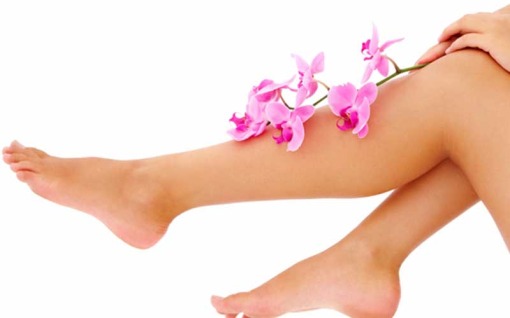What Not to Wear on your Skin
Generally, people are becoming much more aware of how things look and how they appear to others. We are much more conscious of the ingredients in food, for example. The amount of carbs, fat, sugar, E numbers, etc. found in any one product can be crucial, especially when following the latest diet.
So why is it that we place so much trust in the beauty industry? Will the latest product clear up my skin? Will it make me look 10 years younger? Will I have hair like a film star? It’s easy to believe in the products purely by power of advertising, but how many people are actually aware of the range of damaging ingredients that can make up a product?
Our skin is by far the largest organ of the body, and the cosmetic and personal care industry is doing it great harm, using hundreds of common ingredients which are known to be dangerous and even cancer causing.
Approximately 60% of the products we put on our skin are absorbed by the body, and because the skin is permeable, these dangerous ingredients harm not only the skin itself but also the internal organs.
Did you know that many ingredients have not been sufficiently tested, or are known to be unsafe, and yet manufacturers do not have to tell us so, because the Government does not require them to do so? Too many of the toiletries & cosmetics we use are carcinogenic cocktails of industrial waste. Far from enhancing health & beauty, they pose a daily threat to it.
Since 1938, the Cosmetics Industry has been self-regulated, so regardless of what tests may show, the industry can use any ingredients it wishes (usually the cheapest & most readily available). Most of the 25,000 or so ingredients in common use have not been tested for long-term toxic & systemic effects, because that would be expensive and time consuming, and does not serve the manufacturers aims, which are to make the most profit for the least expenditure.
And what about so-called “Natural” ranges? Since there are no regulations about what is “Natural”, the term is often abused, and unfortunately the difference between chemical and “natural” is very limited, and all claims of being “natural” should be viewed with suspicion. A good rule of thumb for any personal care product is this: If you can’t put it in your body, don’t put it on it.
The harsh chemicals in many beauty products and toiletries are harmful not only to our bodies but to the environment. So never mind the fancy packaging and the brand name. The next time you put your hand in your pocket to buy your next product, take a good look at the ingredients label!

